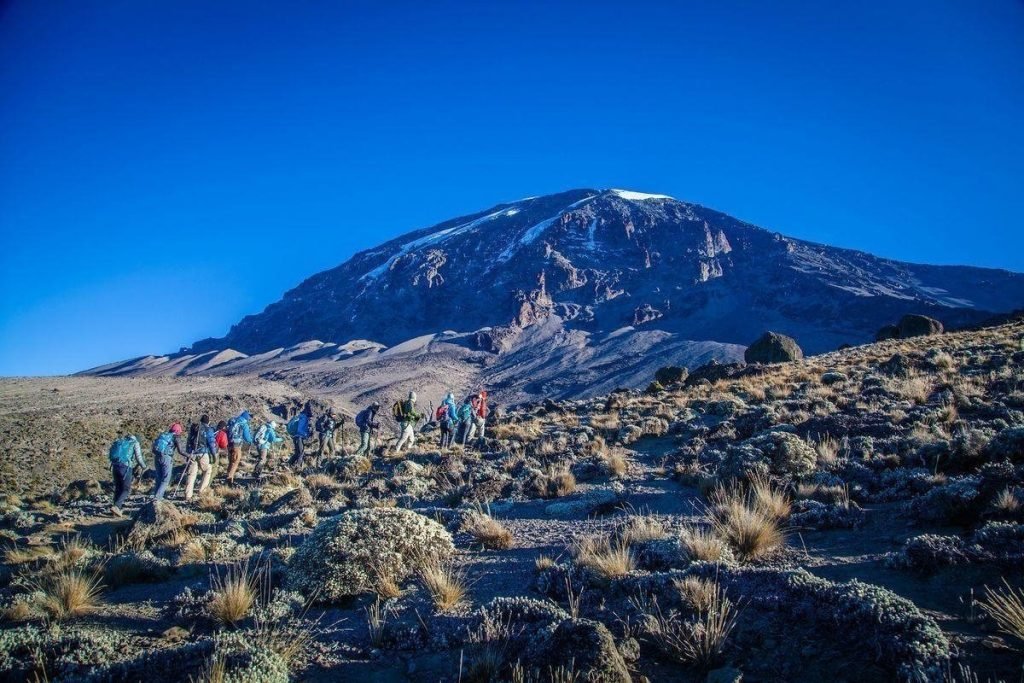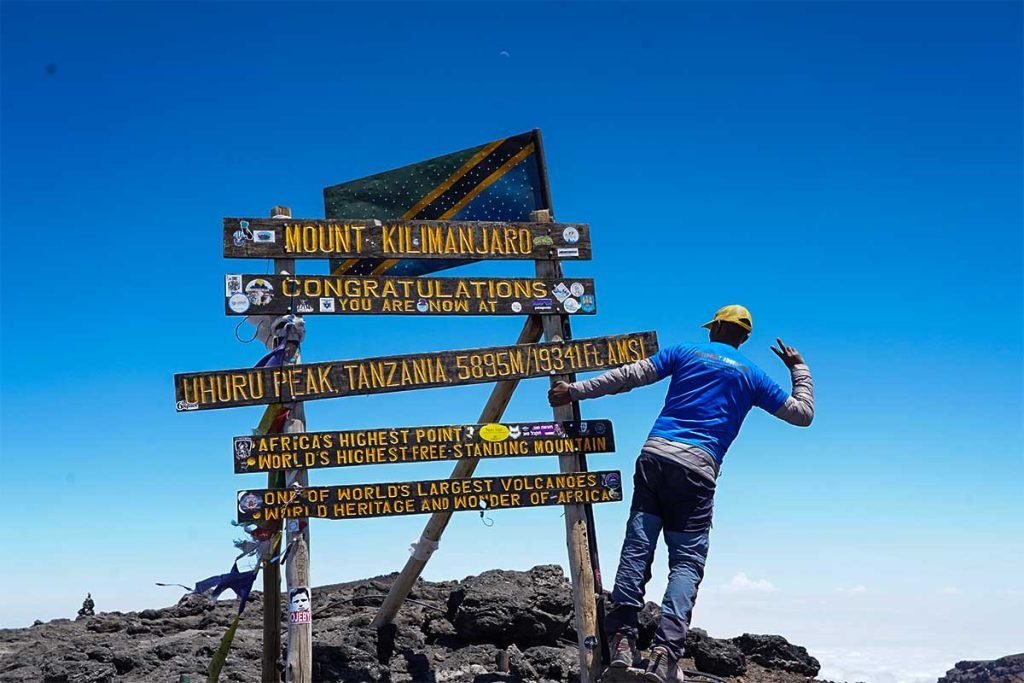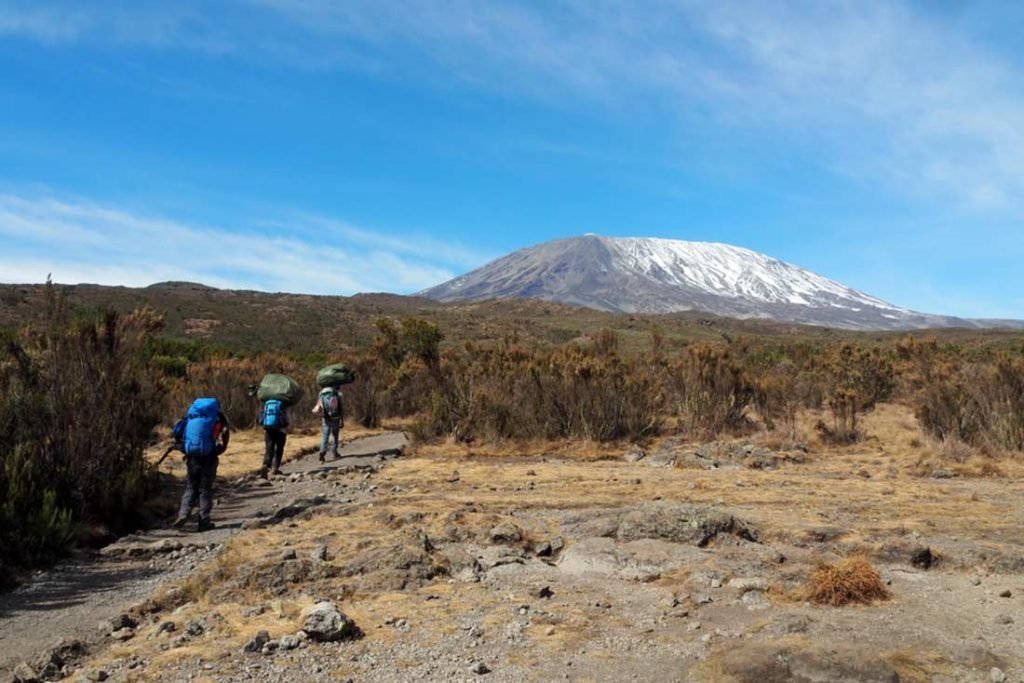Mount Kilimanjaro, rising majestically to 5,895 meters (19,341 feet) above sea level, holds the title of both Africa’s highest peak and the tallest freestanding mountain in the world. Located in northeastern Tanzania near the border with Kenya, Kilimanjaro dominates the landscape with its snow-capped summit and iconic silhouette, making it one of the most recognizable natural landmarks on the continent. This dormant volcano, composed of three cones—Kibo, Mawenzi, and Shira—has become a bucket-list destination for adventurers, nature lovers, photographers, and trekkers from all corners of the globe who are drawn to its beauty, challenge, and symbolic status as the “Roof of Africa.”
Despite its towering height and impressive presence, what sets Kilimanjaro apart from many other high-altitude climbs is that it does not require any technical mountaineering experience. There are no ropes, ice axes, or climbing equipment needed to reach the summit; rather, it is a demanding, multi-day trek that involves walking long distances at high altitudes. As a result, it has earned a reputation as one of the most accessible high-altitude mountains in the world, attracting individuals from diverse backgrounds and fitness levels who are eager to test their endurance and witness the stunning variety of landscapes that unfold along the way—from lush rainforests and alpine moorlands to barren deserts and the icy summit.
Experience the thrill of standing on the continent’s highest point – Uhuru Peak.
It’s a life-changing adventure that tests endurance, discipline, and mental strength.
From lush jungle trails to snow-covered peaks, every day offers new breathtaking views.
Kilimanjaro can be climbed year-round, but the best times are:
January to March: Colder but clearer skies and fewer crowds.
June to October: Dry and warm with more trekkers; ideal for photography.
Avoid: April–May and November (rainy seasons).
Trekking Duration: 5 to 9 days depending on the route.
Accommodation: Tents on most routes; huts only on Marangu.
Altitude Sickness: Common. Trekkers should take it slow and stay hydrated.
Porters and Guides: Mandatory. Kilimanjaro National Park requires all climbers to be accompanied by certified guides.
Although no climbing skills are needed, a moderate to high level of fitness is essential. You should:
Train with long-distance hikes and elevation gain.
Practice walking with a backpack.
Increase cardiovascular endurance and strength.


Prices vary depending on the route, length of trek, and operator, but typically range from:
Included in most packages:

23103 Kaloleni,
Arusha, Tanzania
info@flyingbananaadventures.com
TZ: +255 787 603 090
TZ: +255 787 603 090
Flying Banana Adventures is a proudly Tanzanian-owned safari company, born out of a passion for adventure, nature, and sharing the incredible beauty of our homeland with the world. Based in the heart of East Africa, we specialize in creating unforgettable safari experiences across Tanzania’s most iconic destinations – from the legendary Serengeti and Ngorongoro Crater to the majestic Mount Kilimanjaro and the exotic beaches of Zanzibar.